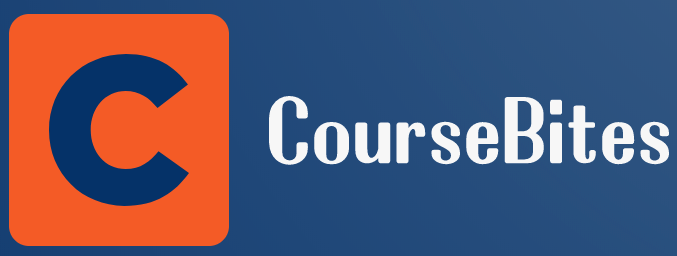Our Professional Team Members
Our Process
Our Tools
Scenario based learning &real life case studies
Write your awesome label here.
Write your awesome label here.
Interactive Videos &Visuals to reinforce your ideas
Pause or playback a video as required, to get a better understanding of the subject matter. Use the simple whiteboard animation videos to break up difficult or boring concepts from the larger eLearning course.
Videos, scenarios and interactivity combination create a lasting impression in the minds of learners.
What is
Microlearning ?
Founder and CEO
Why do we use Microlearning ?
FASTER TO DELIVER
Respond faster to changing business goals and training demands.
MORE FLEXIBLE
Mini-courses that give either a broad overview of a subject or a complex topic.
MORE ENGAGING
Micro-training is the most engaging training delivery method available.
BOOSTS RETENTION
Micro-learning units are small, self-contained and easy to return to.
It’s no secret that microlearning is taking the world of education by storm.
Bite-sized information that is focused and can be absorbed on the go, anytime, on any device.
JOIN OUR COMMUNITY
Subscribe to our newsletter.
Find out about our webinars, learning technology news and more ...
Thank you!
Write your awesome label here.


